Hi everyone! As this is my first blog as the new Head of Mammals, I thought it would be a great idea to write about my journey here at Wingham and why the mammal section is the best section.
Most of you know me already, but for those who don’t, I’m Meg and I’ve worked at the park for 9 years now. I started off as a bird and mammal keeper originally. The park was a lot smaller back then, so the birds and the mammals were classed as one section. This was a great opportunity to gain lots of experience with many different animals.
As the years went by, the park started to expand and gain more species, so the decision was to split the section into two. As much as I love all animals, I chose to stick with mammals over the birds. It’s what I had the most experience in and I’ve never looked back. Throughout my years at Wingham I have gone from a trainee keeper to a keeper, Senior keeper, Deputy head and now Head of Mammals. I’m very grateful for all of the opportunities Wingham has offered me; including representing the company back in 2022 at the EAZA annual conference over in Portugal.
What animals do you work with?
I’ve worked with many different people over the years, but they have all said that they love the mammal section for its variety of species, and I could not agree more. The section currently includes the Red Pandas, Meerkats, Cusimanse, Egyptian Fruit Bats, Naked Mole Rats, Sugar Gliders, Northern Luzon Cloud Rats, Parma Wallabies, African Pygmy Goats, Fallow Deer, Visayan Warty Pigs, African Crested Porcupines, Capybara, Brown Nosed Coati, Patagonian Mara, Lowland Tapir, Bennett Wallaby, Blesbok, Rothschild’s Giraffe and the African Crowned Cranes.
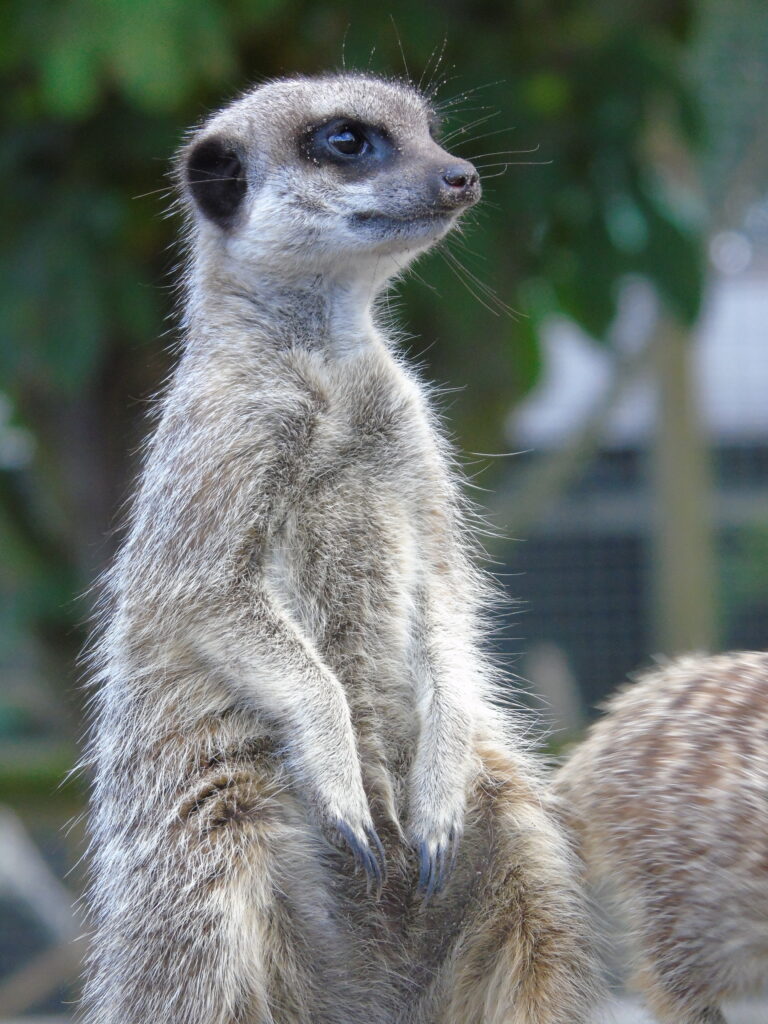
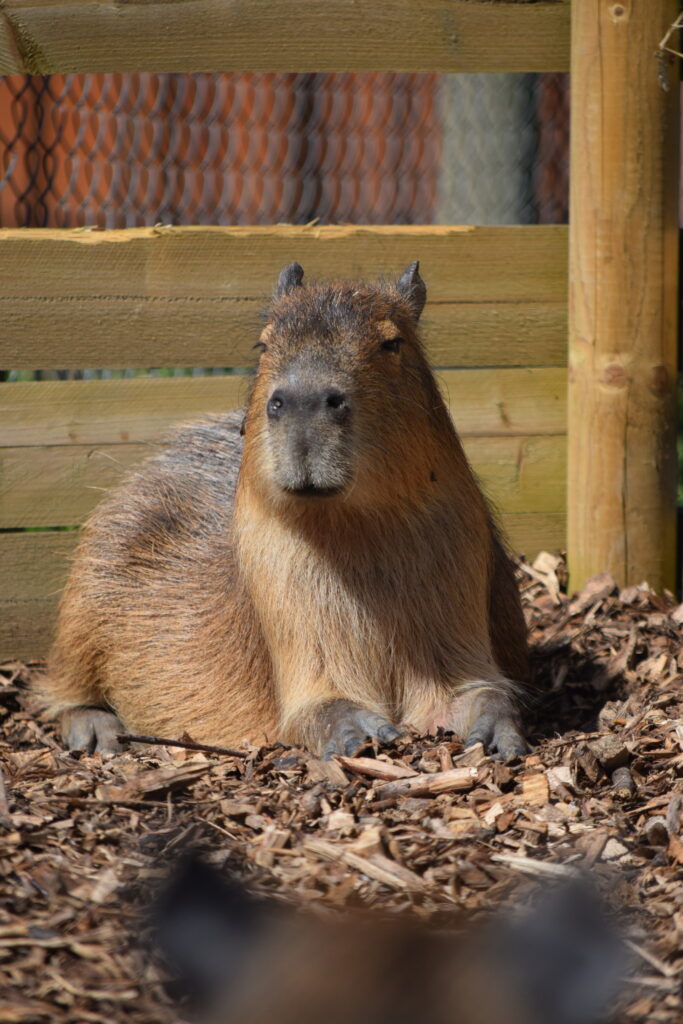
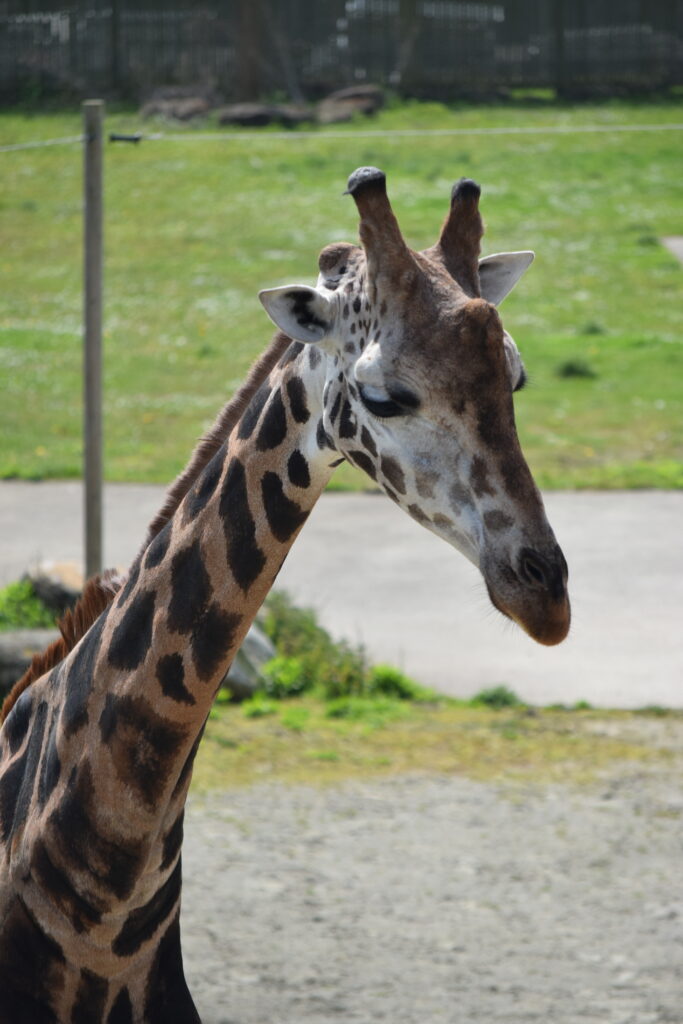
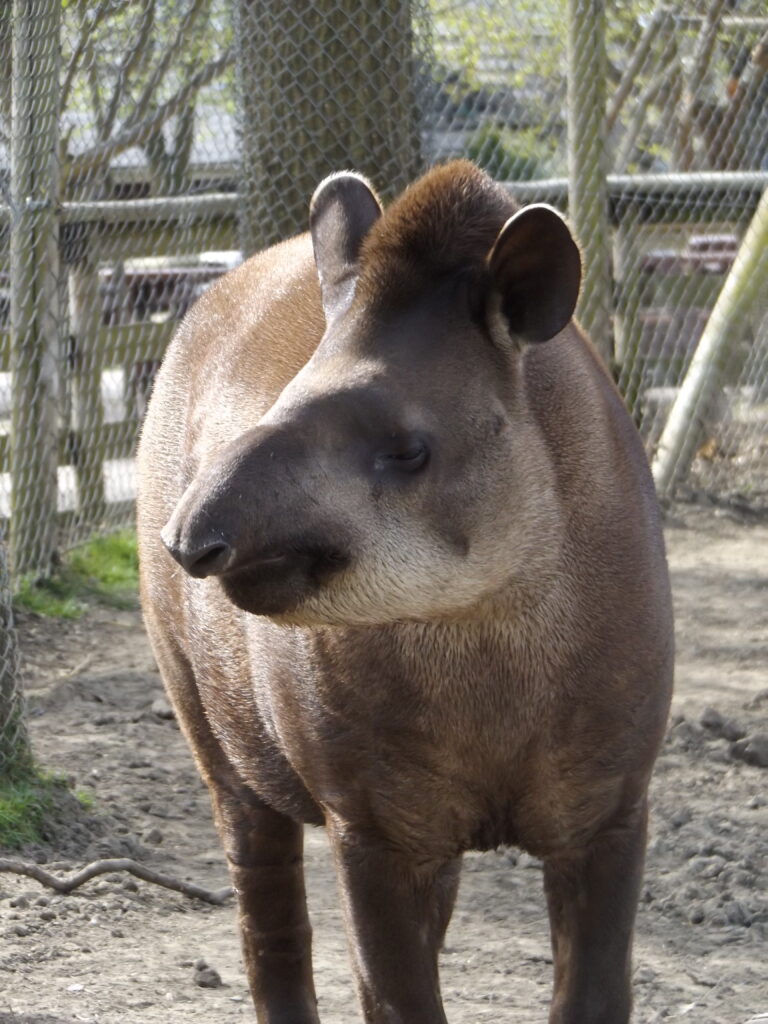
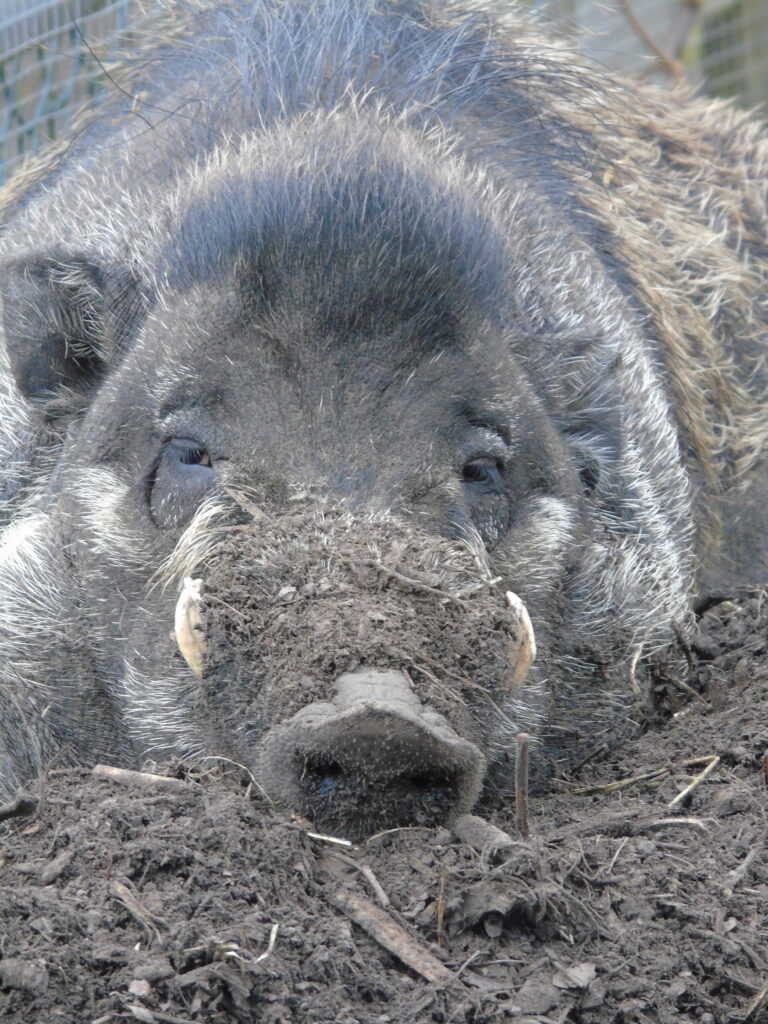
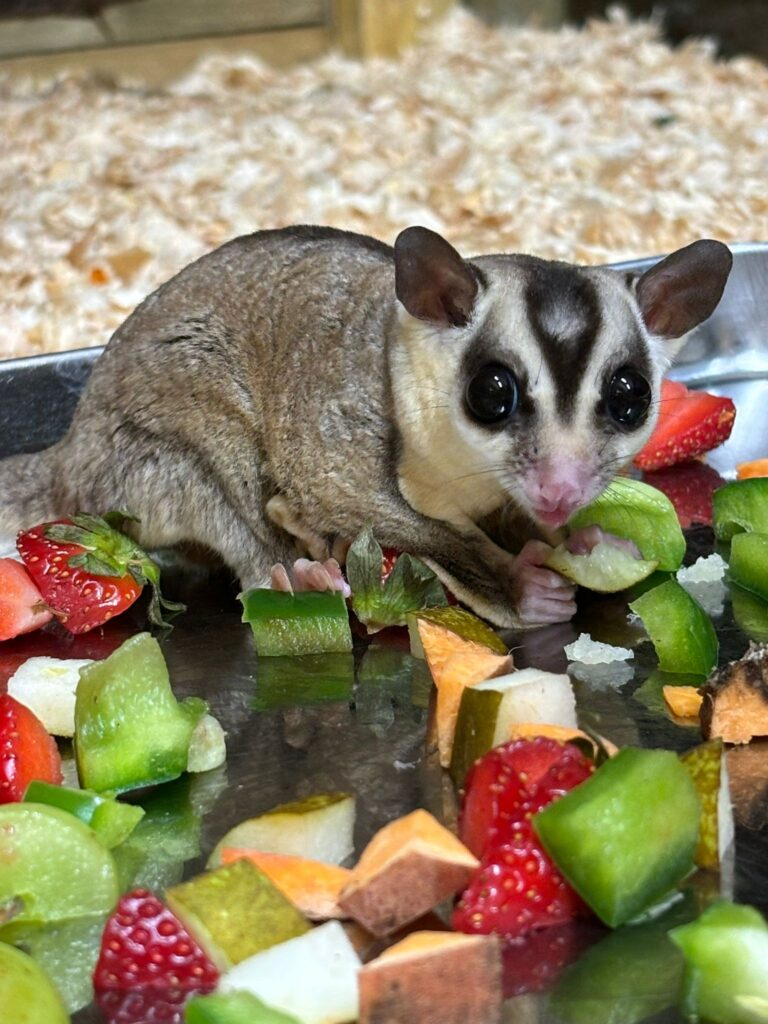
But, cranes are a bird…
As you can see, we do work with many kinds of animals. Hoof stock, marsupials, Suidae and rodents to name a few. You’re probably thinking, aren’t African Crowned Cranes birds? You’re not wrong. We have three who live in our giraffe paddock called Marlene, Boyce, and Rodney, so it made sense for us to look after them. I guess you could call us the Mammal and Crane section. We’ve also housed some great species in the past and I’m sure we will see some exciting plans in the future too. That’s one thing that we are always getting complimented on by the general public is there’s always something new happening all of the time.
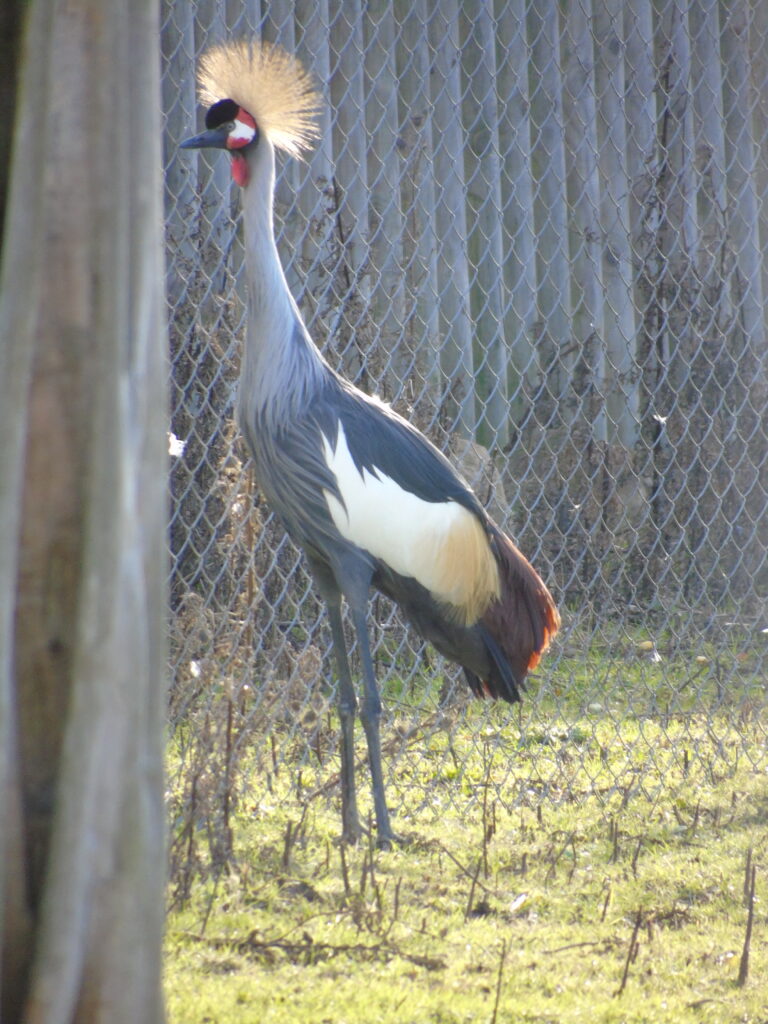
Hands on but we have to be careful
I’d probably say that the Mammal section is the most hands on section. This means that we are more than likely to go in with our animals. Don’t get me wrong, we still must be careful. Our giraffes can get up to 20 feet tall and have an extremely powerful kick and head swing on them. We also have our porcupines that have very sharp quills attached to them. 30,000 to be precise. But don’t worry, they can’t shoot them at you. Otherwise, we would be wearing armour every time we go into the enclosure. And of course, most of our animals have quite sharp teeth and claws. This is why it’s important to have a great bond where possible. Training sessions are also crucial, which we do for health and medical purposes.

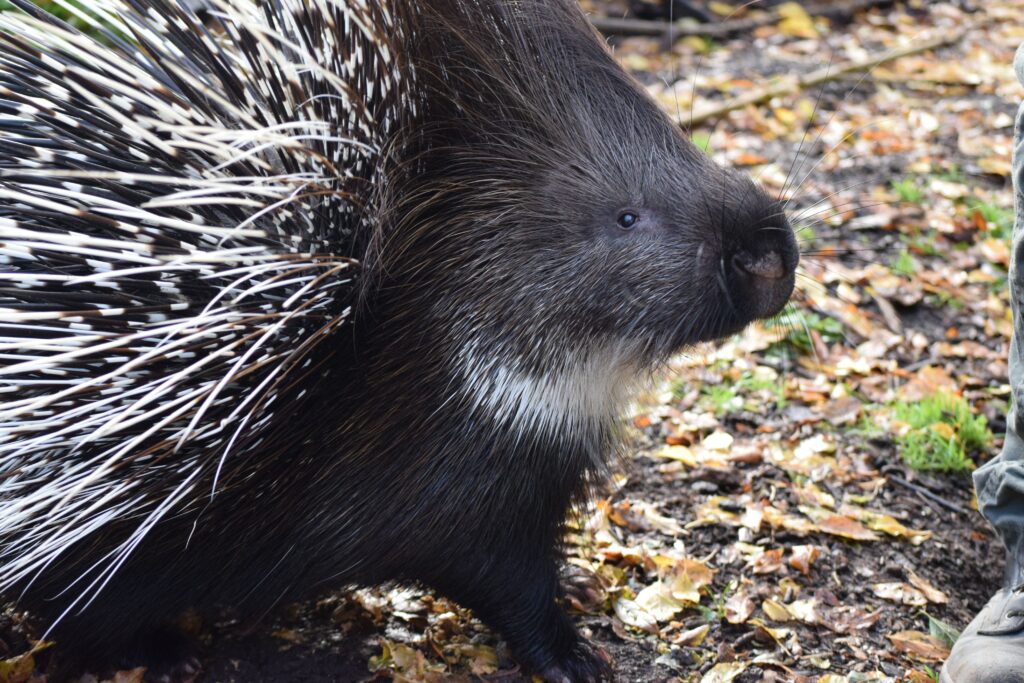
Experiences
We offer animal experiences with our Giraffe, Capybara, Meerkat and Red Panda so that you can get up close and personal with them too. As well as this, we also do a Keeper for the Day experience where you can meet more of your favourites for longer and this is split between the Primate, Bird, and Mammal sections.
What is an average day like?
The Mammal section is split into four rounds to ensure the day runs smoothly. We have the green, blue, and yellow rounds and then the giraffe round.
Green round
The green round is all the animals down the bottom of the park. So, our red pandas, meerkats, and nocturnal house in the morning and then the evening consists of the hay run for all our animals that need hay overnight and the bin round! Yes, you heard me. We have to empty the bins around the park daily. Each section has its own area around the park to do. Our keepers are a talented bunch. We are presenters, gardeners, maintenance, chefs, cleaners, first aiders and so on.
Blue round
The blue round includes all of our paddock areas in the morning. The capybaras, pigs, deer, goats, and Parma wallabies and then the animals down the bottom of the park in the evening as mentioned earlier.
Yellow round
Yellow has tapirs, coatis, mara and Bennett wallabies in the AM and pretty much the same in the PM but with the capybaras added.
Giraffe round
The giraffes are probably our biggest round, as you can imagine. They’re the biggest animals that we have, so there’s a lot of mess to pick up. They also eat for 20 hours of the day, so we are constantly providing them with fresh browse, topping up their racks and providing them with puzzle feeders. Most of our morning rounds take until 10am to complete but the giraffes take until about 12pm for example.
That’s a lot of work, but there’s more!
After all our rounds have been completed in the morning which normally consist of feeding, poo picking and window cleaning, we move on to preparing the animals next day diets, lots of washing up, doing public experiences, talks, daily big cleans and extra jobs. It’s then time for the evening rounds and tidying up the keeper areas.
We are a team of 8 on the mammal section currently but we all need two days off a week, so we normally have between 4 and 6 keepers in on one day. As well as this, we are extremely lucky to have some dedicated volunteers that help us on a weekly basis. This is the best way to get into the industry if it’s something you’re interested in. All sections are great but we all know that you want to work on the mammal section. The red pandas alone should do it for you!
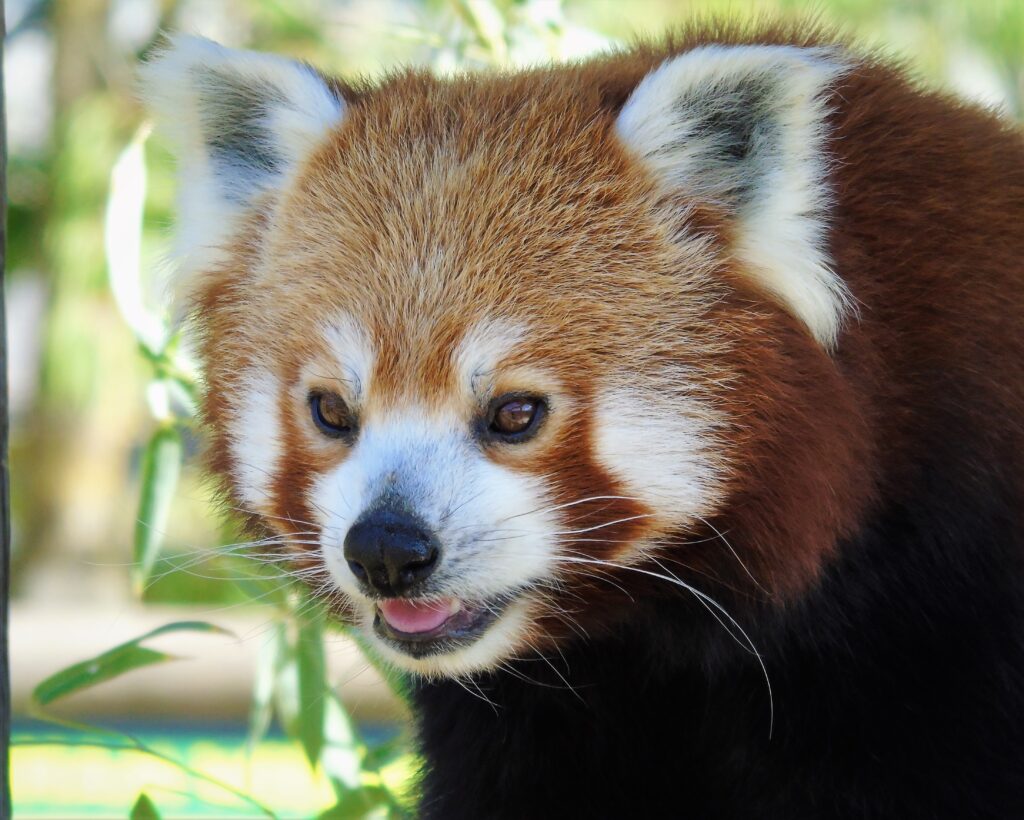
Don’t forget you can catch some of the mammal keepers at our daily talks. We offer a red panda talk at 1.30pm and a giraffe talk at 3.00pm every day. We are always happy to have a chat!


